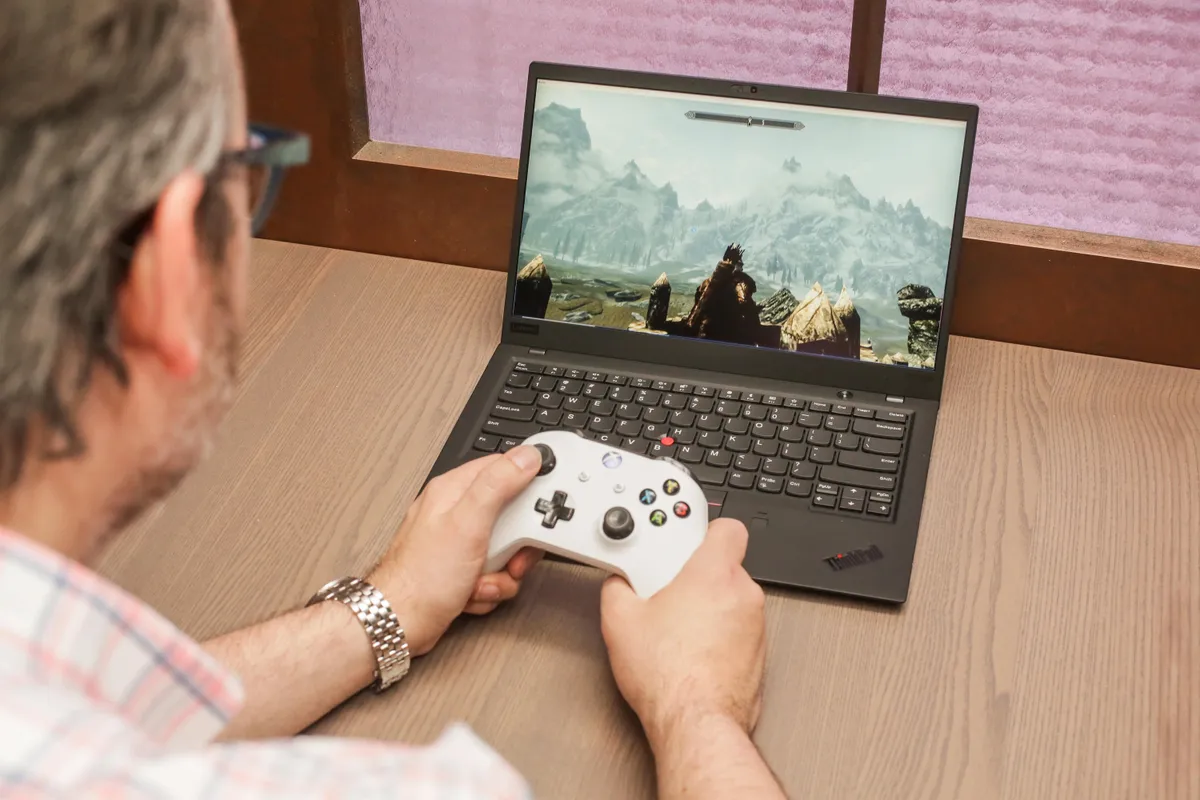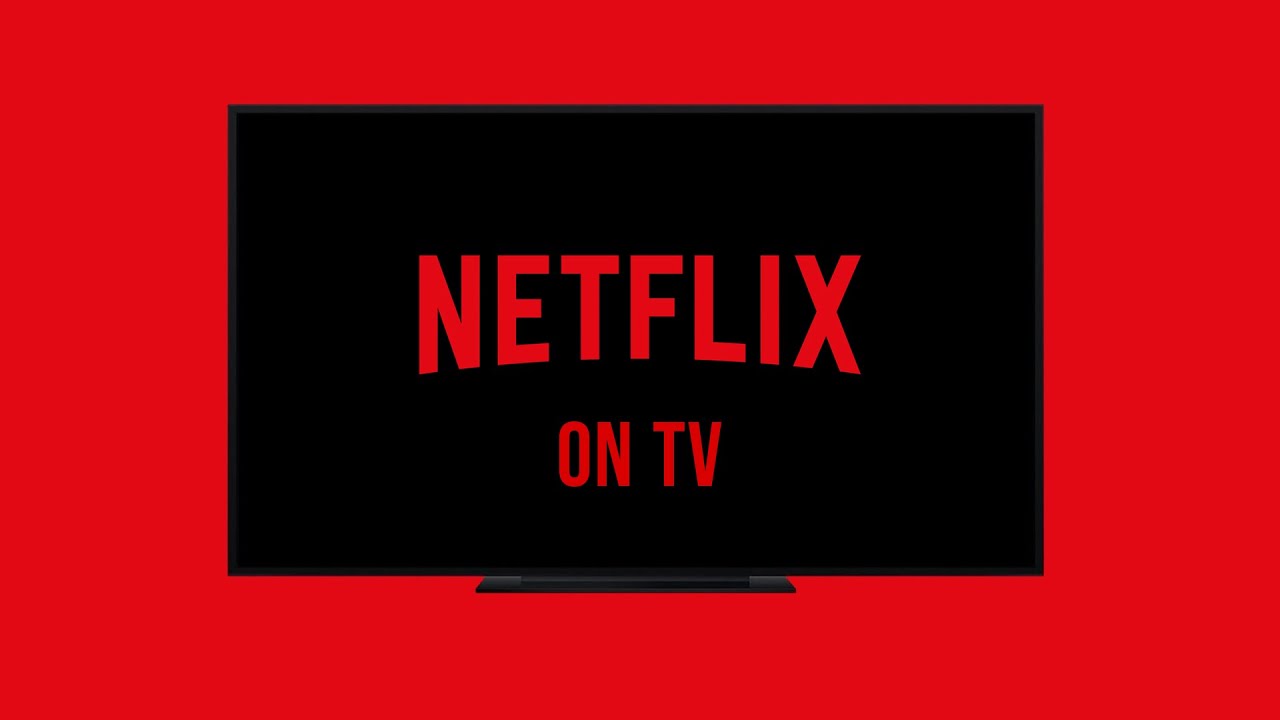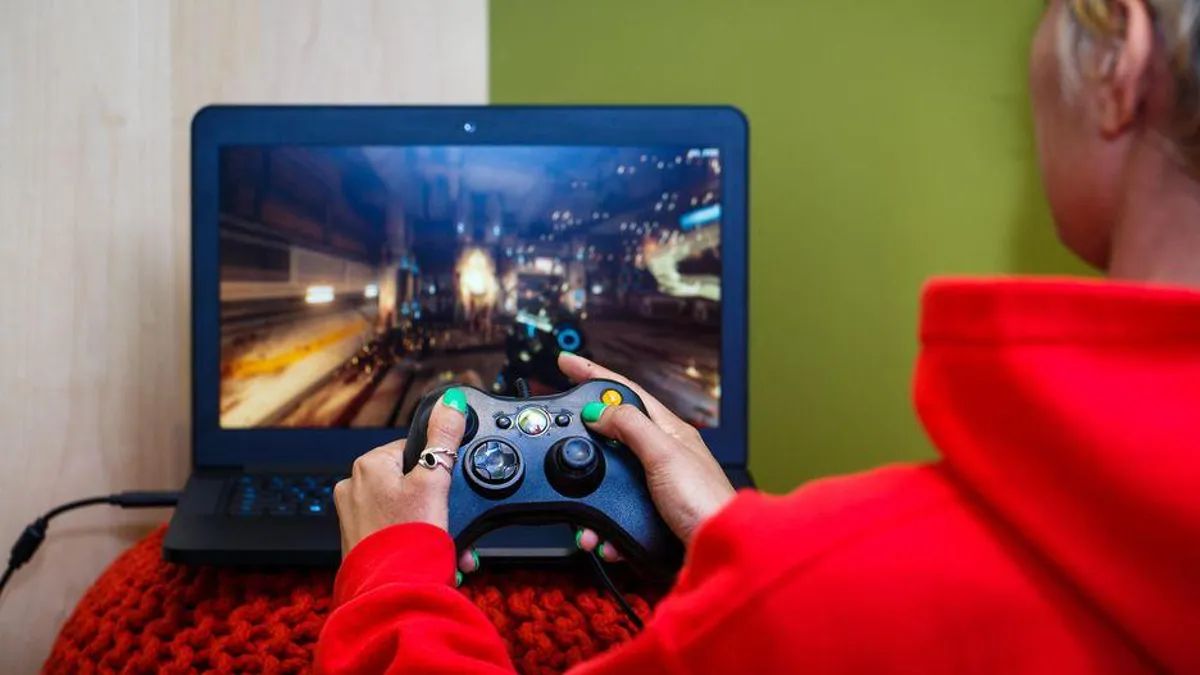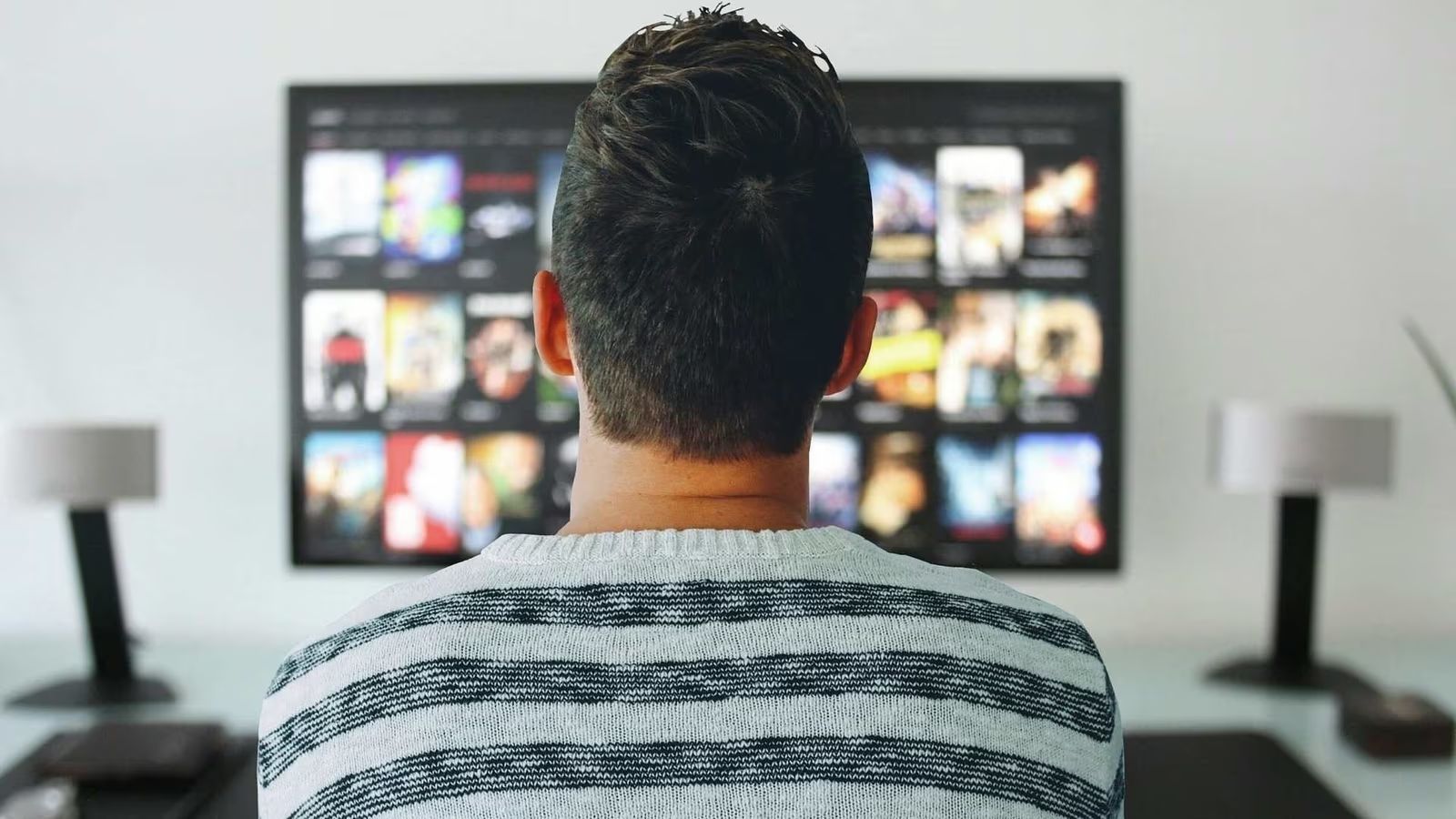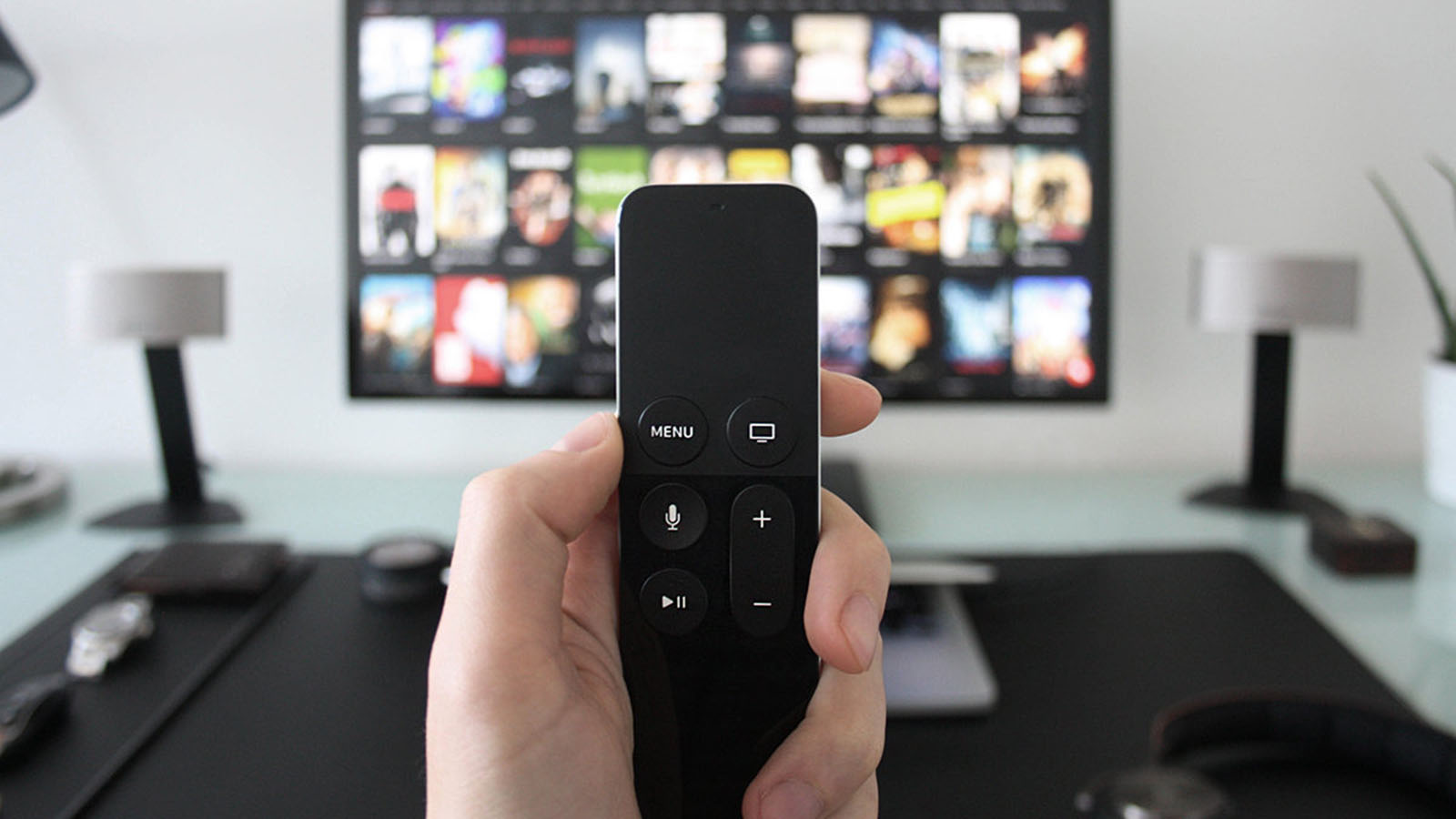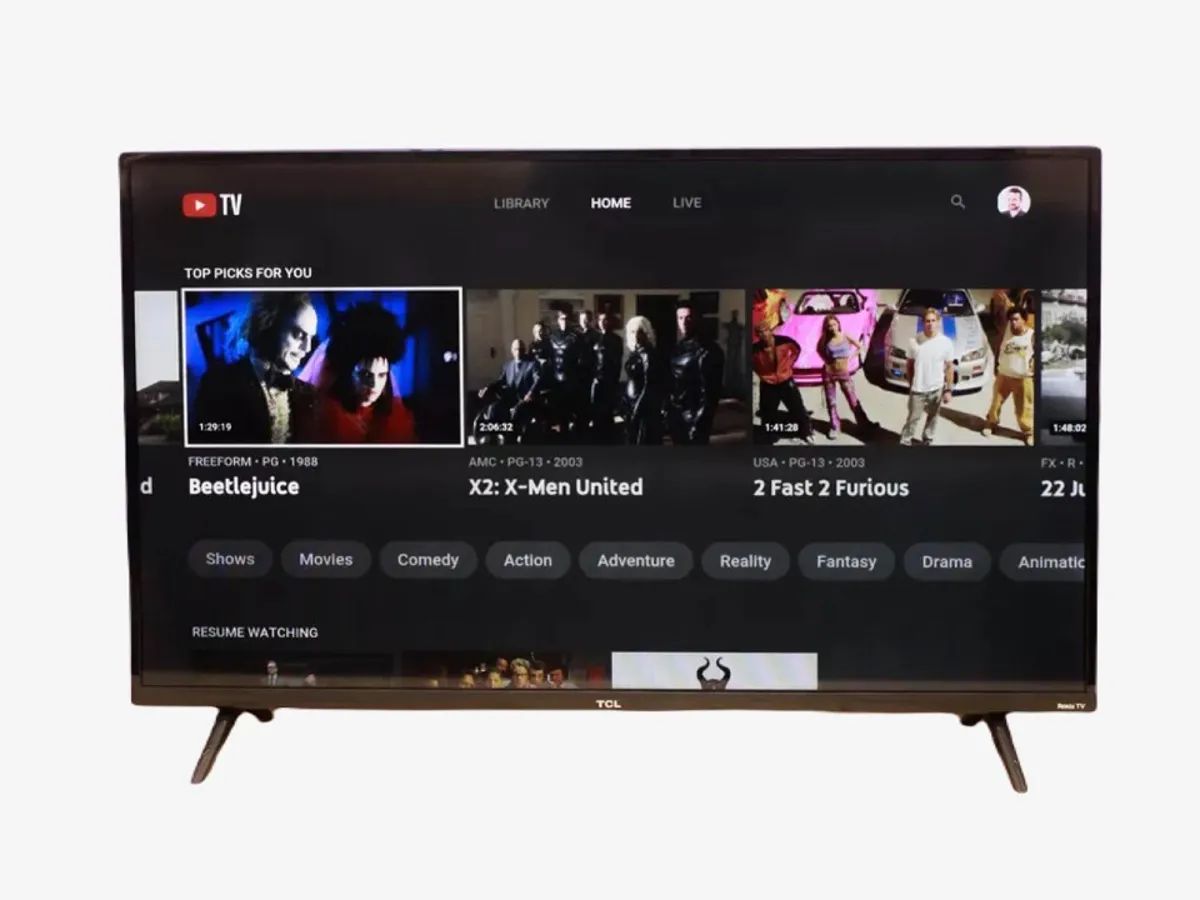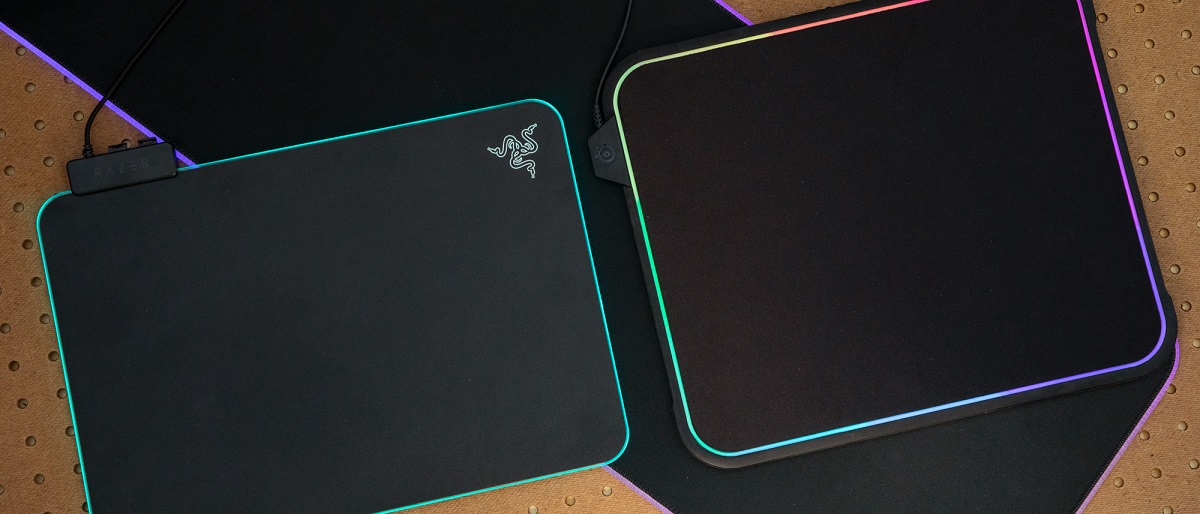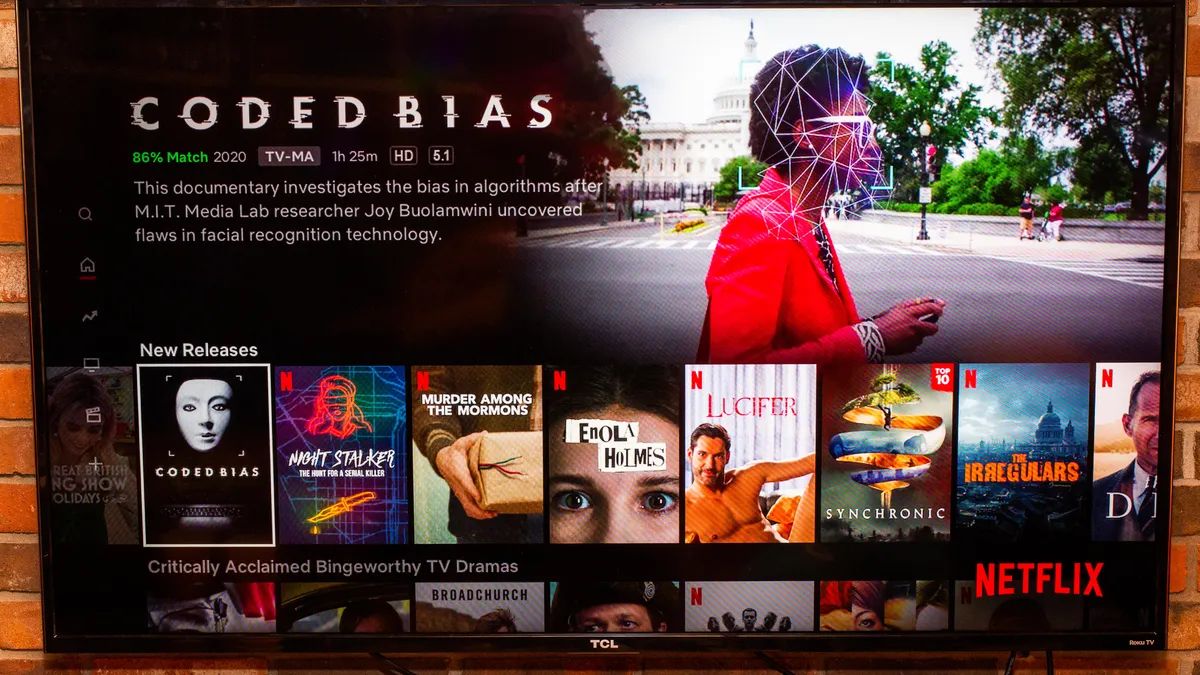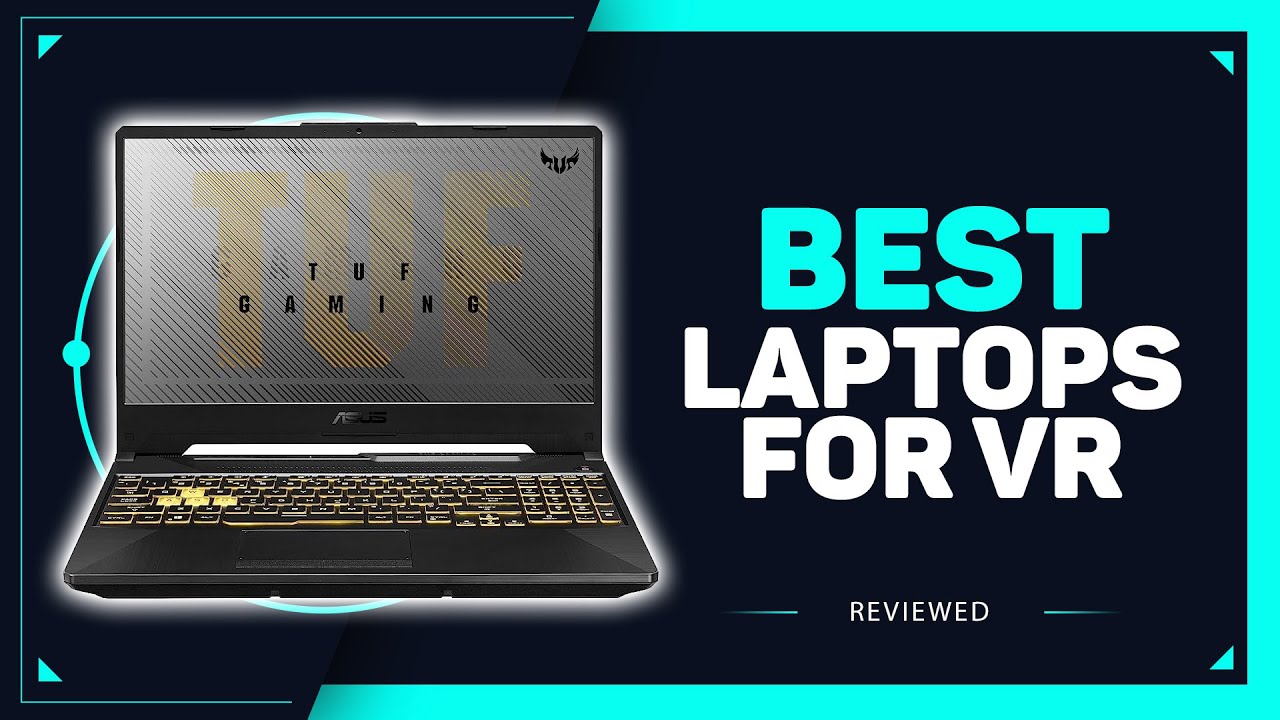Requirements for Playing Games on a Non-Gaming Laptop
Playing games on a non-gaming laptop may seem like a challenge, but with the right approach and a few adjustments, you can still enjoy your favorite games on your device. While a gaming laptop is specifically designed to handle demanding graphics and processing requirements, there are a few key requirements that your non-gaming laptop should meet in order to run games smoothly.
1. Processor: A powerful processor is vital for running games smoothly. Look for a laptop with at least an Intel Core i5 or AMD Ryzen 5 processor to ensure optimal performance while gaming.
2. Memory (RAM): Sufficient RAM is crucial for gaming. Aim for a minimum of 8GB of RAM, but if possible, opt for 16GB or more for a smoother gaming experience.
3. Graphics Card: While non-gaming laptops often come with integrated graphics, a dedicated graphics card is highly recommended for gaming. Look for a laptop with a dedicated GPU, such as Nvidia GeForce or AMD Radeon, with at least 2GB of VRAM.
4. Storage: Games can take up a significant amount of storage space. Ensure your laptop has enough storage capacity, preferably a solid-state drive (SSD) with at least 256GB, to install and run games smoothly.
5. Screen Size and Resolution: A larger screen size and higher resolution can enhance your gaming experience. Look for a laptop with a 15.6-inch or larger display, preferably with a Full HD (1920×1080) resolution or higher.
6. Connectivity: A stable internet connection is essential for online gaming. Make sure your laptop has Wi-Fi capabilities, preferably with support for the latest standards like 802.11ac or 802.11ax.
7. Battery Life: Gaming can be power-intensive, so having a laptop with decent battery life is beneficial. Look for laptops with a battery life of at least 4-6 hours to avoid interruptions during longer gaming sessions.
While meeting these requirements will significantly improve your gaming experience on a non-gaming laptop, it’s important to remember that you may still encounter performance limitations. However, by optimizing your laptop and adjusting in-game settings, you can still enjoy gaming on your device. Let’s explore these steps further.
Optimizing Your Non-Gaming Laptop for Gaming
Although your non-gaming laptop may not have the same hardware specifications as a dedicated gaming laptop, you can still optimize it to enhance its gaming capabilities. By following these steps, you can maximize performance and ensure a smoother gaming experience.
1. Update Drivers: Keeping your graphics card and other essential drivers up to date is crucial for optimal gaming performance. Visit the manufacturer’s website or use a driver update tool to install the latest drivers.
2. Free Up Storage Space: Clearing up clutter on your laptop’s hard drive can improve overall performance. Delete unnecessary files, uninstall unused programs, and consider using external storage devices for non-gaming files.
3. Disable Background Programs: Close any unnecessary applications and disable startup items that consume system resources. This ensures that more processing power is available for your game.
4. Adjust Power Settings: Change your laptop’s power settings to prioritize performance over power conservation. Set it to High Performance mode to maximize hardware performance during gaming sessions.
5. Keep Your Laptop Cool: Overheating can cause performance issues, so ensure proper airflow by using a cooling pad or elevating your laptop to allow heat to dissipate. Cleaning the air vents and fan regularly can also help prevent overheating.
6. Optimize Visual Settings: Adjusting in-game graphics settings can significantly impact performance. Start by lowering the resolution and disabling unnecessary visual effects. Experiment with the settings until you find the right balance between visuals and performance.
7. Close Background Processes: Before starting a game, close any unnecessary background processes running in the task manager. This can free up system resources and improve gaming performance.
8. Use Game Boosting Software: Consider using software specifically designed to optimize gaming performance on laptops. These tools can help fine-tune system settings and allocate resources efficiently.
9. Connect to Power Source: For the best performance, always connect your laptop to a power source while gaming. Running games on battery power can result in reduced performance due to power-saving settings.
By implementing these optimizations, you can maximize your non-gaming laptop’s potential for gaming and enjoy a smoother and more immersive gaming experience. Let’s now move on to choosing the right games for your laptop.
Choosing the Right Games for Your Non-Gaming Laptop
When it comes to gaming on a non-gaming laptop, it’s important to select games that can run smoothly on your device’s hardware. Fortunately, there is a wide range of games available that don’t require high-end specifications. Here are some tips to help you choose games that are suitable for your non-gaming laptop:
1. Check System Requirements: Before purchasing or downloading a game, review the system requirements to ensure your laptop meets or exceeds the minimum specifications. Pay attention to the processor, RAM, graphics card, and storage requirements.
2. Opt for Less Demanding Games: Look for games with lower graphical demands and less intense processing requirements. Indie games, retro-style games, and older titles are often designed to run on a variety of hardware configurations.
3. Consider Browser-Based Games: Browser-based games or games that run on a web browser can be a great option for non-gaming laptops. These games typically have lower system requirements and can be played directly through your internet browser.
4. Explore Mobile Games: Mobile games are designed to run on devices with limited hardware capabilities, making them suitable for non-gaming laptops. Many mobile games can be played on your laptop using an emulator or by downloading them from online app stores.
5. Optimize Game Settings: Even if your laptop meets the minimum requirements for a game, you may still need to adjust the in-game settings for optimal performance. Lowering the graphics settings and resolution can significantly improve gameplay on a non-gaming laptop.
6. Consider Older Titles: Older games, especially those released before the rise of high-end gaming laptops, are more likely to run smoothly on non-gaming laptops. These classic games often offer fantastic gameplay and can be found at affordable prices on various gaming platforms.
7. Read User Reviews: Before purchasing or downloading a game, read user reviews and check if other players have successfully run the game on similar hardware configurations. This can give you valuable insights into the performance of the game on a non-gaming laptop.
Remember, the gaming experience on a non-gaming laptop may not match that of a dedicated gaming device, but with careful game selection, you can still enjoy a wide variety of games. In the next section, we will explore how to adjust in-game settings for better performance on your non-gaming laptop.
Adjusting In-Game Settings for Better Performance
When playing games on a non-gaming laptop, tweaking the in-game settings can significantly improve performance and ensure a smoother gameplay experience. By making a few adjustments, you can optimize the game’s graphics and reduce resource demands on your laptop’s hardware. Here are some tips for adjusting in-game settings:
1. Resolution: Lowering the resolution can have a significant impact on performance. Choose a lower resolution that still provides an enjoyable gaming experience without straining your laptop’s graphics capabilities.
2. Graphics Quality: Most games offer a range of graphical presets, such as low, medium, high, or custom settings. Experiment with different presets to find the balance between visuals and performance that suits your laptop’s capabilities.
3. Anti-Aliasing: Anti-aliasing smooths out jagged edges in games, but it can be resource-intensive. Consider lowering or disabling this setting to improve performance on your non-gaming laptop.
4. Texture Quality: Adjusting the texture quality can have a noticeable impact on performance. Lowering the texture quality can help alleviate strain on your laptop’s graphics card and improve overall gameplay.
5. Shadows and Lighting: Shadows and lighting effects can be demanding on hardware resources. Consider reducing the quality or turning off certain lighting effects to improve performance.
6. Effects and Post-Processing: Effects like motion blur, depth of field, and ambient occlusion can enhance visuals but can also impact performance. Disable or lower the intensity of these effects to improve gameplay on your non-gaming laptop.
7. View Distance: Adjusting the view distance setting can help reduce the amount of rendering required, particularly in open-world games. Lowering the view distance can improve performance while still maintaining a visually immersive experience.
8. Disable VSync: Vertical synchronization (VSync) can limit the frame rate to match the refresh rate of your laptop’s display. Disabling VSync can potentially increase the frame rate but may result in screen tearing. Experiment to find the optimal setting for your game.
9. Close Background Applications: Make sure to close any unnecessary background applications while gaming. This frees up system resources and allows your non-gaming laptop to focus on running the game.
Remember, every game is different, so it might take some trial and error to find the right balance between graphical quality and performance. By adjusting these in-game settings, you can optimize your non-gaming laptop for better gaming performance. In the next section, we will explore additional tools and strategies you can use to boost gaming performance on your laptop.
Utilizing Game Boosting Software and Tools
If you want to further enhance the gaming performance of your non-gaming laptop, there are various game boosting software and tools available that can optimize system resources, improve frame rates, and eliminate unnecessary processes. These tools can help you get the most out of your laptop’s hardware and provide a smoother gaming experience. Here are some game boosting software and tools worth considering:
1. Game Optimizers: Game optimizers are specifically designed to prioritize system resources for gaming. These tools adjust system settings, close background processes, and allocate resources more efficiently to enhance gaming performance. Examples of popular game optimizers include Game Booster, Razer Cortex, and Smart Game Booster.
2. Graphics Card Tools: Many graphics card manufacturers offer their own software utilities that allow you to optimize settings specifically for games. These tools, such as Nvidia GeForce Experience or AMD Radeon Software, can automatically adjust graphical settings to provide optimal performance for each game.
3. Overclocking Tools: Overclocking your laptop’s CPU and GPU can squeeze out extra performance for gaming. However, it’s important to proceed with caution and ensure proper cooling to avoid overheating. Tools like MSI Afterburner or Intel Extreme Tuning Utility provide options for safely overclocking your hardware.
4. System Cleanup Utilities: Keeping your laptop clean and free from unnecessary files and background processes can improve gaming performance. Tools like CCleaner or Advanced SystemCare can clean up temporary files, remove cache, and optimize your system for gaming.
5. FPS Counters and Performance Monitoring: FPS counters and performance monitoring tools allow you to keep track of your laptop’s performance while gaming. These tools display real-time frame rate, CPU and GPU usage, and other metrics, allowing you to fine-tune settings as needed. Popular options include MSI Afterburner, Fraps, and Steam’s built-in FPS counter.
6. Streaming Tools: If you enjoy streaming your gameplay, streaming tools like OBS Studio or XSplit can optimize your laptop’s performance for both gaming and streaming by adjusting encoding settings, managing network usage, and capturing and broadcasting gameplay smoothly.
Remember to research and choose reputable software and tools from trusted sources to avoid potential security risks or conflicts with your laptop’s system. Every laptop and game may respond differently to these tools, so it’s important to experiment and find the settings that work best for your specific configuration.
By utilizing game boosting software and tools, you can optimize your non-gaming laptop for improved gaming performance. However, it’s important to note that these tools are supplemental, and the biggest impact on gaming performance will still come from ensuring that your laptop meets the minimum system requirements and adjusting in-game settings appropriately. In the next section, we will explore the option of overclocking your non-gaming laptop for an additional performance boost.
Overclocking Your Non-Gaming Laptop
If you’re looking to squeeze out extra performance from your non-gaming laptop, overclocking can be a viable option. Overclocking involves increasing the clock speeds of your laptop’s CPU and GPU, allowing them to run at higher frequencies than their stock settings. While this process can provide a noticeable boost in gaming performance, it’s important to approach it with caution and ensure proper cooling to avoid overheating. Here are some steps to overclock your non-gaming laptop:
1. Research Your Laptop’s Hardware: Before overclocking, research your laptop’s CPU and GPU models to determine their overclocking potential. Look for guides, forums, or manufacturer documentation on safe overclocking parameters for your specific hardware configuration.
2. Use Overclocking Software: Download and install overclocking software that is compatible with your laptop’s hardware. Popular options include MSI Afterburner, Intel Extreme Tuning Utility, or GPU Tweak. These tools allow you to adjust clock speeds, voltages, and fan curves to optimize performance.
3. Start with Small Increments: When overclocking, start with small increments to avoid instability or overheating. Increase clock speeds gradually, run stability tests, and monitor temperatures. If you encounter crashes or overheating, reduce the overclocked settings until stability is achieved.
4. Monitor Temperatures: Overclocking can significantly increase temperatures, so it’s crucial to monitor them during gaming sessions. Use monitoring software, such as HWMonitor or MSI Afterburner, to keep an eye on CPU and GPU temperatures. Ensure that temperatures remain within safe operating limits to avoid hardware damage.
5. Stress Test Your Laptop: After making overclocking adjustments, stress test your laptop using applications like Prime95 or AIDA64 for CPU testing, and FurMark for GPU testing. These stress tests will push your hardware to its limits and help identify any stability issues.
6. Ensure Proper Cooling: Overclocking increases heat generation, so ensure that your laptop has adequate cooling. Use a laptop cooling pad, elevate the laptop for better airflow, and regularly clean the cooling fans and vents to prevent overheating.
7. Be Aware of Limitations and Risks: Overclocking can void warranties and potentially damage your laptop if done incorrectly. Understand the risks involved and proceed at your own discretion. If you’re uncomfortable with overclocking, it’s best to avoid it or consult a professional.
Remember that every laptop and hardware configuration is unique. Not all laptops are designed with overclocking capabilities in mind, and the results may vary. Furthermore, overclocking generates more heat and can reduce the lifespan of your laptop’s components if not done properly. Exercise caution and be mindful of the risks involved.
Overclocking can offer a noticeable performance boost for gaming on a non-gaming laptop. However, it’s essential to balance performance gains with stability and thermal considerations. If you’re not comfortable with the potential risks, you can still optimize performance through other means, such as adjusting in-game settings or utilizing game boosting software. In the next section, we’ll discuss how to clean and maintain your non-gaming laptop to ensure optimal gaming performance.
Cleaning and Maintaining Your Non-Gaming Laptop for Gaming
To ensure optimal gaming performance on your non-gaming laptop, regular cleaning and maintenance are essential. Dust, debris, and dirt can accumulate over time, leading to overheating and decreased performance. By implementing a proper cleaning and maintenance routine, you can keep your laptop running smoothly and extend its lifespan. Here are some tips for cleaning and maintaining your non-gaming laptop:
1. Keep the Laptop Exterior Clean: Use a soft cloth or microfiber cloth to wipe down the exterior surfaces of your laptop regularly. Remove fingerprints, smudges, and dust to maintain a clean appearance and prevent dirt from entering the internal components.
2. Clean the Keyboard and Touchpad: Gently clean the keyboard and touchpad using compressed air to remove dust and debris. Use a keyboard cleaning solution and a microfiber cloth to wipe away any smudges or stains. Be sure to power off your laptop before cleaning these areas.
3. Clear the Air Vents: Over time, dust can accumulate in the air vents of your laptop, hindering proper airflow. Use compressed air or a small vacuum cleaner to remove any dust or debris that may be blocking the vents. This will prevent overheating and improve overall performance.
4. Check and Clean the Cooling Fans: Cooling fans play a crucial role in dissipating heat from the laptop. Regularly check the fans for dust and debris buildup. If necessary, use compressed air or a small brush to gently clean the fans. This will enhance cooling efficiency and prevent overheating issues.
5. Update Software and Drivers: Regularly update your operating system, drivers, and software to ensure optimal performance and security. Check the manufacturer’s website or use automated tools to keep your laptop up to date with the latest software patches and driver updates.
6. Manage Storage Space: Ensure that you have sufficient free space on your laptop’s hard drive or SSD. Remove unnecessary files, uninstall unused applications, and consider using external storage devices for non-gaming files. This will prevent your laptop from becoming cluttered and improve overall performance.
7. Keep the Laptop Cool: High temperatures can impact performance and cause overheating. Keep your laptop on a hard, flat surface to allow for proper airflow. Consider using a laptop cooling pad to further enhance cooling and prevent overheating during intense gaming sessions.
8. Use Surge Protectors: Gaming laptops can draw significant power, especially during demanding gameplay. Use a surge protector to protect your laptop from power surges and ensure a stable power supply. This can help prevent damage to your laptop’s components.
By following these cleaning and maintenance practices, you can extend the lifespan of your non-gaming laptop and optimize its performance for gaming. Regular cleaning and upkeep will help ensure that your laptop runs smoothly and keeps up with the demands of gaming. In the next section, we will provide additional tips and tricks for gaming on a non-gaming laptop.
Additional Tips and Tricks for Gaming on a Non-Gaming Laptop
Gaming on a non-gaming laptop may require some creative solutions to achieve the best possible gaming experience. Here are some additional tips and tricks to help you optimize your gaming performance on a non-gaming laptop:
1. Limit Background Processes: Before launching a game, close any unnecessary background processes and applications. This frees up system resources and ensures that your laptop can focus on running the game smoothly.
2. Optimize Power Settings: Adjust your laptop’s power settings to prioritize performance over energy conservation. Setting it to High Performance mode can allocate more power to your hardware and improve gaming performance.
3. Connect to Ethernet: If possible, connect your non-gaming laptop to a wired Ethernet connection for online gaming. This provides a more stable and reliable internet connection compared to Wi-Fi.
4. Disable Notifications: Notifications from email, chat apps, and other software can be distracting while gaming. Disable or minimize notifications to minimize interruptions during gameplay.
5. Keep Background Applications Updated: Make sure that any background applications or software running alongside your game are updated. Updates often include performance optimizations and bug fixes that can positively impact gaming performance.
6. Experiment with Compatibility Mode: If you encounter compatibility issues with certain games, try running them in compatibility mode. Right-click on the game’s executable file, go to Properties, and select a compatible operating system version to run the game in.
7. Utilize Game Patches and Updates: Keep your games updated with the latest patches and updates released by the developers. These updates often address performance issues, enhance stability, and introduce new optimizations.
8. Monitor System Resources: Keep an eye on your laptop’s CPU, GPU, and RAM usage during gaming sessions. Tools like Task Manager (Ctrl+Shift+Esc) or third-party monitoring software can provide insights into resource utilization and help identify potential bottlenecks.
9. Use a Gamepad or Controller: Some games are better suited for gamepads or controllers rather than keyboard and mouse. Consider connecting a gamepad or controller to your laptop for a more comfortable and intuitive gaming experience.
10. Clean Up Your Desktop: Organize your desktop and remove unnecessary icons or files. A clutter-free desktop can help improve system performance and make it easier to navigate between games and applications.
Remember, while these tips can help optimize your gaming experience on a non-gaming laptop, there may still be limitations due to hardware constraints. Adjust your expectations and explore games that are compatible with your laptop’s specifications for the best results.
With the right approach, optimizations, and a bit of creativity, you can enjoy gaming on your non-gaming laptop and make the most out of your hardware. Have fun exploring new games and experiencing the joy of gaming on your device.







